How to prune maple trees

Maples are very common in Europe, Asia and North America: there are more than 200 species with different characteristics. They vary in appearance, from shrubs to trees of varying height — some species reach up to 40 m. They also have deciduous leaves in a variety of shapes. However, one thing that all species of maple have in common is the stunning sight of their colourful leaves in autumn, an explosion of yellows, oranges and reds. In some countries such as the United States and Japan, maple foliage is even a tourist attraction.
Maples are also widespread in Italy, which is home to indigenous and non-native species, and are popular as ornamental plants, particularly the field maple, acer negundo (or boxelder maple), palmate maple (also known as the Japanese maple). Precisely because of its elegant shape and beautiful leaves—which turn brilliant red in autumn—the Japanese maple is often used as a garden focal point.
How to prune maple trees? Is it appropriate to drastically prune maple trees? And when is the best time to prune a maple? Are there times of year that aren’t recommended? Read on as we answer these questions.
Maple pruning
As with other trees, maples need pruning to:
- Reduce the overall size of the plant: this is even truer in cities where space is already limited by fences and buildings and shared with other trees, etc.
- Lighten the canopy: this reduces the number of branches to achieve density in the right place, so that all the foliage gets maximum exposure to light and air. If the canopy is too thick, it may create a dark and damp environment that favours the proliferation of parasites.
- Renew vegetation: every year, maples develop new branches that extend further and further away from the trunk, so it is necessary to cut old branches to make room for new ones, but in such a way that the crown doesn’t expand excessively.
- Raise the bottom of the crown, if it is causing an interference.
- Eliminate basal shoots and suckers, which are branches that draw resources away from the rest of the plant.
For maples, drastic pruning is not recommended: as with other plants, it is preferable to make smaller and more frequent cuts, rather than very invasive cuts on an occasional basis.
As you know, there is a variety of pruning accessories to choose from: manual saws, telescopic saws, loppers and professional pruning shears such as the Universal shears with steel blade, curved anvil and aluminium handle, for pruning branches up to 2.5 cm thick.
In order to prune faster, or if you need to work on larger branches, you can use an electric or petrol engine chainsaw. A compact chainsaw like the MT 3710 is perfect for small/medium-sized maples.
If your tree is bigger, it’s better to opt for a pruning chainsaw like the MTT 2500, which is compact and lightweight, for precision cutting even when tree-climbing. Watch it in action here.
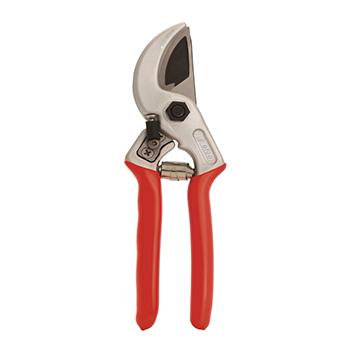
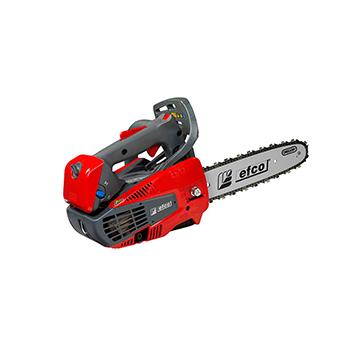
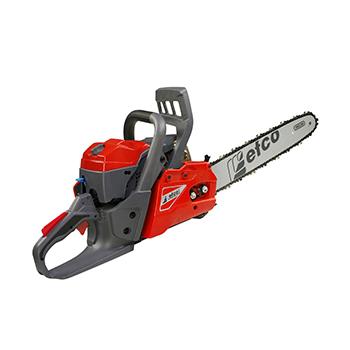
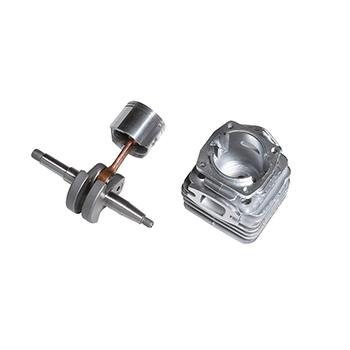
How to prune maples: the techniques to use
You may need to prune maples to remove parts attacked by pests or to fix damage caused by weather or improper pruning.
Apart from these specific situations, as a rule only perform maintenance pruning on adult maple trees.
In all these cases, you need to combine two basic pruning tasks: cutting branches off at the base and shortening branches (up to 1/3). For both of these procedures, it is essential to carefully choose the cutting point and decide which branches to remove or leave. So:
- Keep the collar as a reference, the collar being the point where the branch/lateral branch attaches to the trunk/branch.
- Cut above the collar and don’t damage it, i.e. don’t make cuts flush with the trunk or branch that you want to keep.
- Cut 1-3 cm away from the collar so that you don’t leave a stump, which would dry up and provide an ingress for various harmful organisms.
- Shorten branches using the reduction cut technique, i.e. cut at the bifurcations between the branches, so that the branch pruned back to will be at least 1/3 the diameter of the branch removed.
- Completely cut off any basal shoots and suckers, as well as dry, damaged branches, branches growing in an unwanted direction, branches that are too close to the trunk/other branches or that create obstacles.
To reduce the volume of a maple tree’s crown:
- shorten the oldest branches with reduction cuts, rather than shortening younger branches, as this would encourage the plant to keep producing new branches.
On the other hand, if the plant is not vigorous, shorten young branches to stimulate the production of new foliage.
- Lighten the foliage by completely removing dead and less functional branches, both young and mature (see the list of undesirable branches in the last point above).
To renew foliage:
- take advantage of the work done to lighten the crown
- shorten the oldest branches using reduction cuts
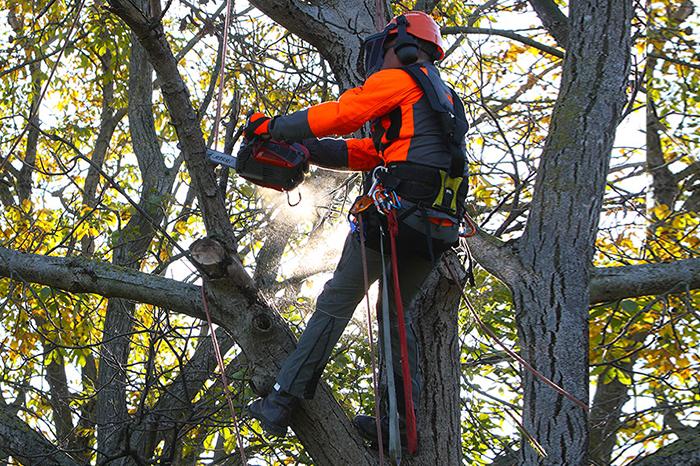
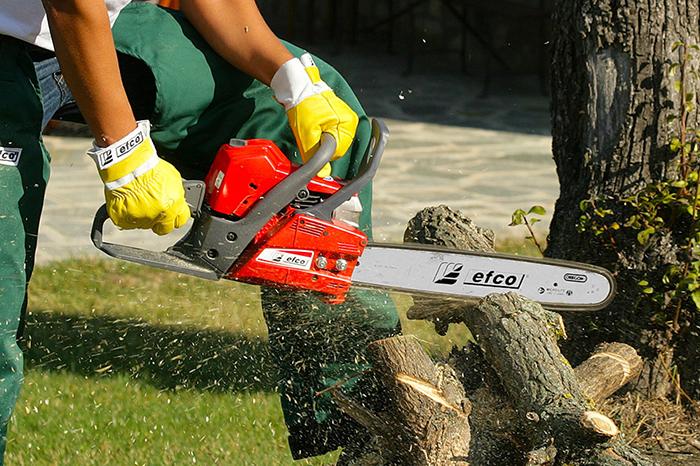
The best time for pruning maples
In the case of Japanese or palmate maples, as well as field maples and acer negundo, it is advisable to prune only if necessary, with measured cuts and at the correct times of year.
What is the optimal time of year for pruning maples? In general it is advisable to prune when the plants are dormant, which is after the leaves have fallen and before new buds bloom: for deciduous trees like the maple, that means between early November and late February.
From mid-autumn to mid-winter is also a good time, because pests are less active and the risk of parasitic attack due to the tree being weakened by cuts is lower. In order to prevent frost damage on the cutting surfaces, it is better to avoid cutting when it is too cold.
Maples tend to emerge from dormancy early: in late winter the sap begins to flow and, if the days are particularly sunny and warm, the trees may germinate and bloom prematurely. In this case, pruning at the wrong time can result in loss of sap from the cuts, making it difficult for the plant to heal and causing it physiological stress.
Although you can cut off dry branches at any time of year, it is advisable not to prune plants during their most vulnerable periods:
- From March onwards: in addition to the early vegetative recovery typical of the maple, which we mentioned above, keep in mind that when blooming, trees expend a lot of energy generating buds, leaves and flowers.
- Before or during leaf drop: bear in mind that shedding leaves also requires energy, at a time when the tree lacks it.



